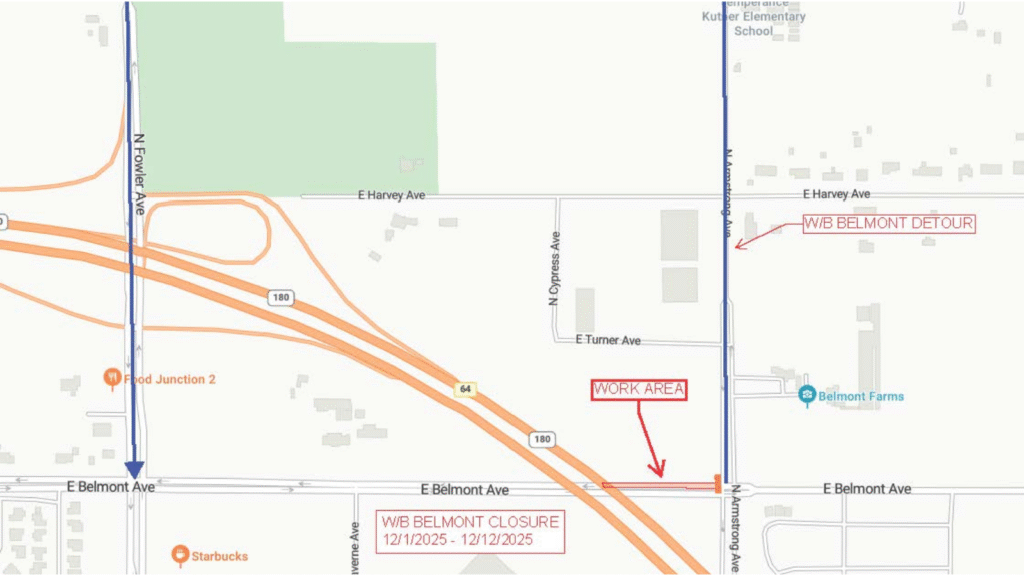Share
When the coronavirus pandemic forced schools to close this spring, it exposed the California Legislature’s lack of wisdom in approving a two-year moratorium on the expansion of distance learning in charter public schools.
It’s not the decade of the 1990s or 2000s, it’s 2020. We are a fifth of the way through the 21st century. California continues to lag behind in the use of technology and lag the nation in academic outcomes, particularly educating students in poverty and English learners. It didn’t help last year, when the Legislature enacted Assembly Bill 1505, a bill severely restricting growth of charter schools and distance learning.

Opinion
Bill Lucia
Special to CalMatters
Computers, tablets, smart phones and real time video conferencing were invented in California. These tools transformed our economy and are already proven successful in K-12 and higher education. Today they are being used to keep critical services open, implement social distancing and most importantly save lives when used by medical professionals.
Students don’t have a shelf life. Brick-and-mortar school may be over this year but learning is not. As much as we’d like to, we can’t hit pause or a reset button. Now more than ever California must act on its constitutional responsibility to ensure every student has an equitable opportunity to learn. Quality time and quality teaching do matter.
Leaders Must Now Look at Today’s and Tomorrow’s Realities
There are awesome educators in traditional and charter public schools in California and across the nation getting it right with kids in online classrooms and blended learning or hybrid resource center settings.
These innovators didn’t wait for a decree from Sacramento or Washington, D.C. They charged ahead with a north star of supporting all kids, including kids in poverty, with special needs, English learners and in rural communities, and they’re successfully getting it done.
In late April 1991, the Richmond Unified School District announced it lacked funds to complete the final six weeks of school. The district tried to close on May 1 due to lack of funding. However, state courts forced the district to stay open. Later the state Supreme Court in Butt v. State of California affirmed forcing the district to stay open was correct so that those students would not be deprived of a basic education guaranteed in the California Constitution.
Leaders must now look at today’s and tomorrow’s realities and how best to focus on equity of learning opportunity for every child. We must use all the tools available in the 21st century to support teachers and children in the classroom, whether those classrooms are of bricks and mortar or digital classrooms of ones and zeros.
This Crisis Doesn’t Change Sound Wisdom
Because of the COVID-19 pandemic, it appears some state leaders are finally recommending the entire state school system consider how to take full advantage of today’s tools and online instruction and services, and strive toward teaching all students who cannot be physically on campus. Bravo.
It’s sad it took a pandemic to move California, the home of Silicon Valley, from 19th century education delivery. The deadly protein molecule of COVID-19 will be conquered. When we reconvene and give hugs, handshakes and high-fives, let’s not blindly return to the antiquated inequitable system. That would be Einstein’s definition of insanity.
This crisis doesn’t change sound wisdom. As the governor said in January when presenting his 2020 budget proposal, we need to “double down on what works and abandon investments that don’t.”
As the legislative leadership is considering top priority COVID-19 items and a shortened legislative agenda, the time has come to repeal the moratorium on distance learning and start working toward truly supporting all students, teachers and parents navigating the future in today’s real world with all of today’s learning tools.
About the Author
Bill Lucia is president and CEO of EdVoice, a nonprofit organization, bill@edvoice.org. He has also written about students struggling to read. Lucia wrote this commentary for CalMatters, a public interest journalism venture committed to explaining how California’s Capitol works and why it matters.
RELATED TOPICS:
Categories



















